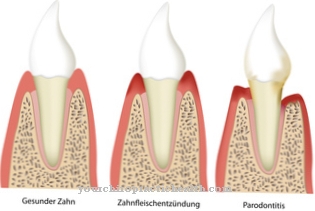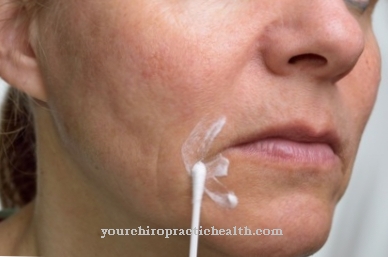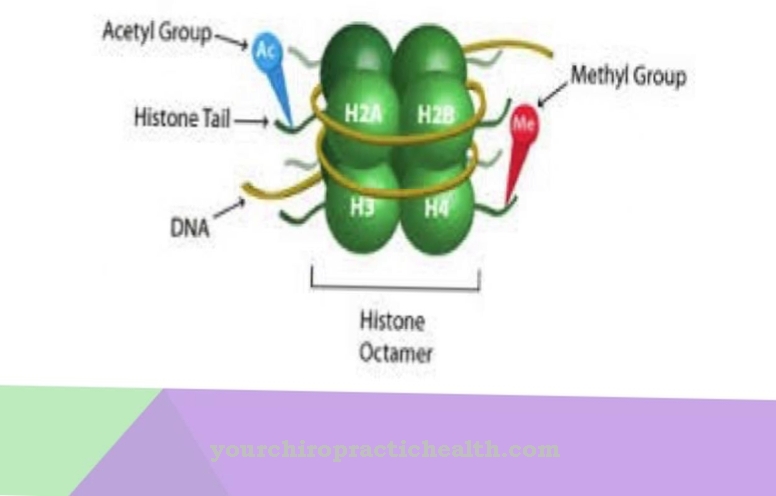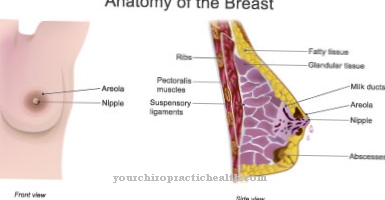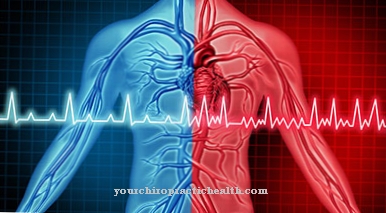Careful Oral hygiene is a matter of course for most people. Even the youngest learn how to brush their teeth properly and are regularly presented to the dentist. Beautiful and healthy teeth are the reward for regular care and prophylaxis.
What is oral hygiene?

Under the term Oral hygiene all preventive measures are summarized, which should prevent the development of diseases of the teeth and the gums.
The spectrum ranges from regular teeth brushing and professional prophylaxis measures in the dental practice to fluoridation of drinking water. The most important is individual prophylaxis, which is divided into basic and intensive prophylaxis. Basic prophylactic measures include a healthy diet and daily teeth cleaning.
For most people, these simple hygiene measures alone are not enough; they need professional intensive prophylaxis that can only be carried out by trained specialists. In order to be able to recognize pathological changes in the teeth and gums at an early stage, two preventive examinations per year are recommended.
Function, effect & goals
Diseases of the teeth and the supporting structures of the teeth are caused by plaque and its metabolic products. Bacteria and other microorganisms can settle on the dental plaque.
In a diet rich in sugar, the microorganisms produce acids that cause tooth decay. Other bacteria that also settle on the plaque provoke the immune system and inflammation of the gums develops. Soft plaque from food residues and bacteria can be removed with a toothbrush by thorough brushing and rinsing.
That is why brushing your teeth regularly is the most important part of the Oral hygiene, which not only ensures fresh breath, but can also effectively prevent most diseases of the teeth and the gums. The layers of leftover food, microorganisms and their metabolic products can also absorb minerals. This mineralization of the dental plaque creates tartar. Tartar can no longer be removed with a toothbrush.
Hard deposits and unsightly discoloration, such as those caused by smoking or drinking tea, must be removed by the dentist or specially trained staff in the practice. This professional tooth cleaning should be carried out every six months and is an important addition to personal oral hygiene.
Typical products & resources

Main tool for the Oral hygiene is the toothbrush. Whether you opt for the classic manual toothbrush, which is available in different degrees of hardness and shapes, an electric toothbrush or even an ultrasonic toothbrush, is a question of personal taste and budget.
The cleaning performance of hand brushes and toothbrushes is estimated by experts to be roughly equivalent. Ultrasonic toothbrushes need a special toothpaste because they have a different cleaning principle. They clean very thoroughly and gently. Dental floss is suitable for cleaning the spaces between the teeth.
If the distances are greater, interdental brushes are used. There is a large selection of toothpaste for hand and electric toothbrushes. Mouthwashes and mouthwashes keep your breath fresh. Some products advertise antibacterial properties. This only lasts about half an hour.
You can find your medication here
➔ Toothache medicationDiseases, Risks & Dangers
A radiant smile is the best calling card, but only those who have healthy and carefully cared for teeth can show that. The health of the teeth is primarily endangered by tooth decay and periodontal disease.
While tooth decay damages the tooth and causes severe pain in an advanced stage, the inflammation and the gradual destruction of the tooth support system in many cases go unnoticed for too long. Most patients find the treatment of tooth decay very uncomfortable, but the pain makes them go to the dentist.
The tooth only needs to be extracted in particularly difficult cases and leaves an unsightly gap. More problematic than tooth decay is periodontitis, which leads to the destruction of the tooth supporting structure. Initially, the inflammation caused by plaque makes itself felt as swelling of the gums and bleeding gums. Connective tissue and bone substance are later lost. This loosens the teeth and threatens to lose them completely.
Periodontitis also leads to a deterioration in general health. The risk of developing cardiovascular diseases, diabetes, rheumatism and premature births is increased by periodontitis.

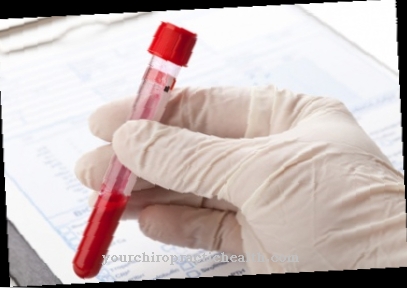
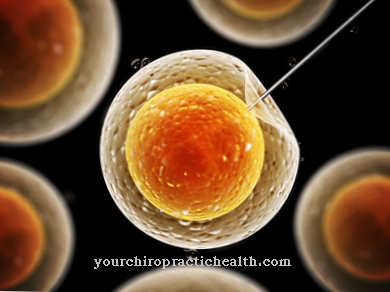


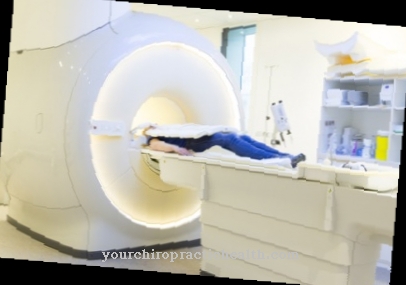
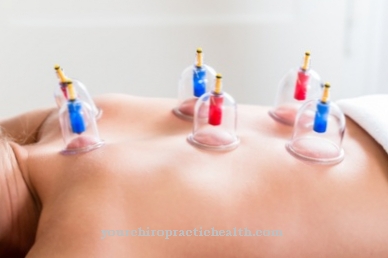

.jpg)


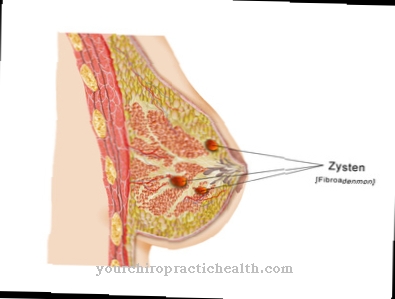

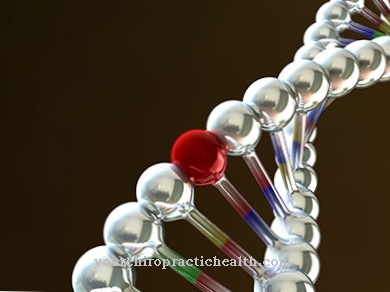

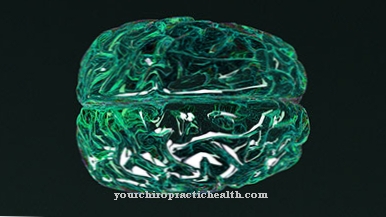
.jpg)



.jpg)
